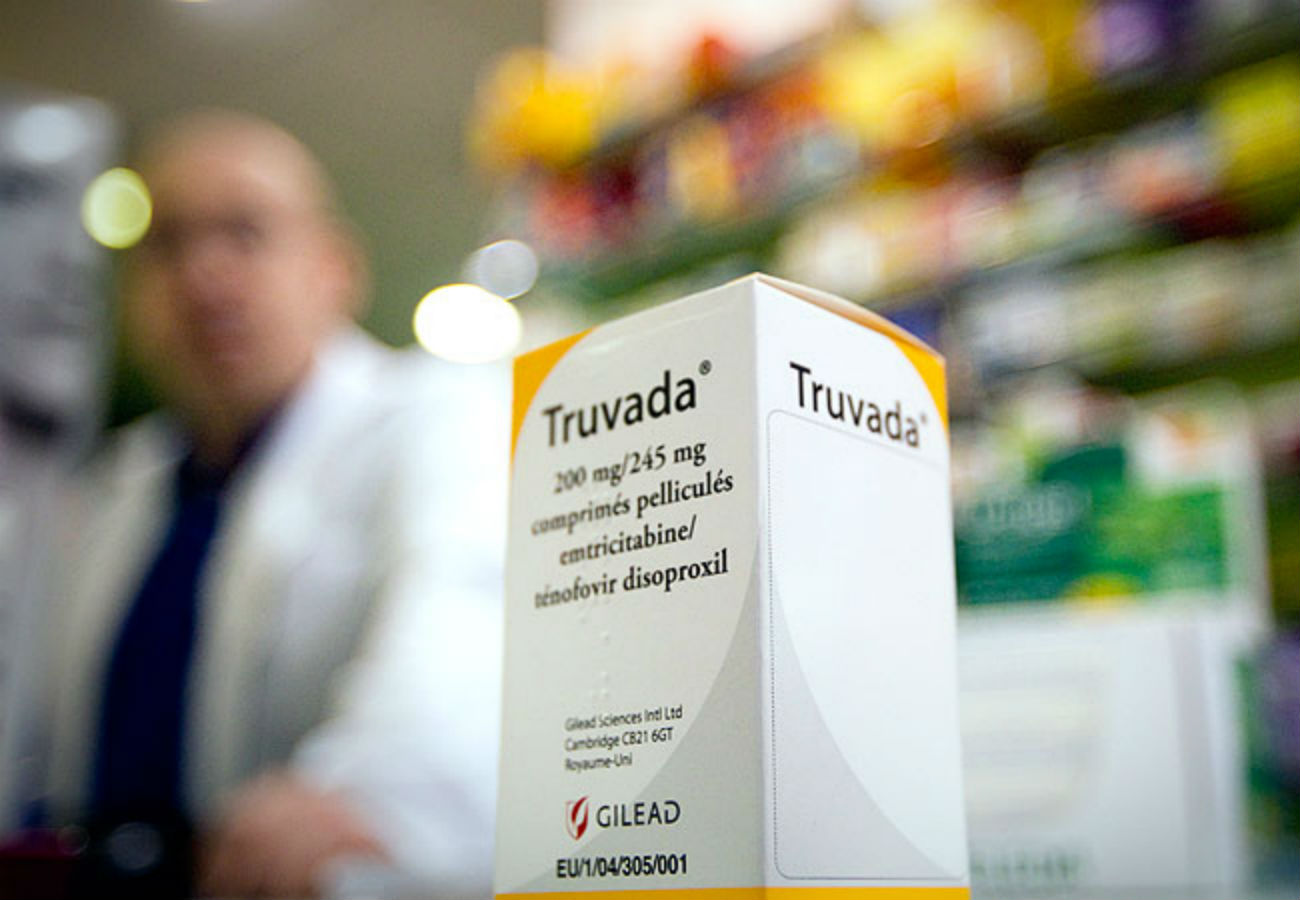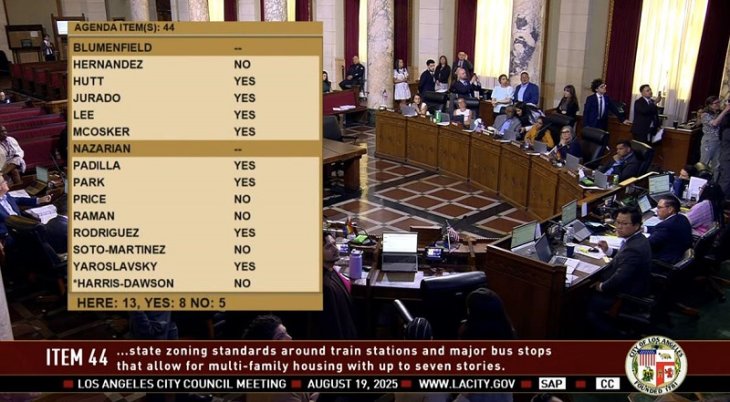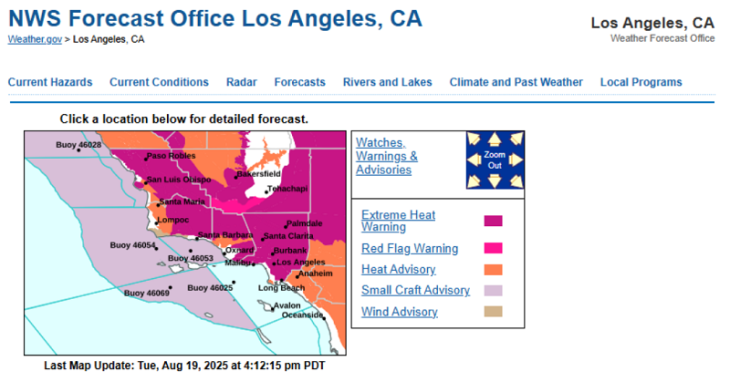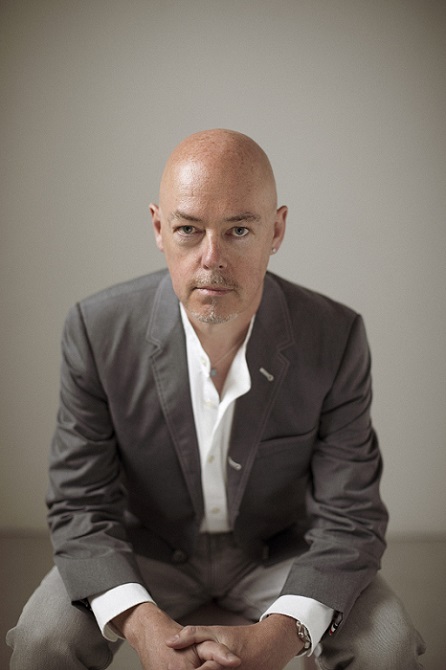 BY CNS and TROY MASTERS | The Los Angeles County Board of Supervisors voted unanimously today to spend $11.5 million over two years to expand access to Pre-exposure prophylaxis (or PrEP), a medication that prevents HIV exposure, for uninsured and under-insured patients.
BY CNS and TROY MASTERS | The Los Angeles County Board of Supervisors voted unanimously today to spend $11.5 million over two years to expand access to Pre-exposure prophylaxis (or PrEP), a medication that prevents HIV exposure, for uninsured and under-insured patients.
Supervisor Sheila Kuehl championed broader use of PrEP, telling her colleagues that HIV still amounts to an epidemic.
“L.A. County continues to experience the second largest HIV epidemic in the country,” Kuehl said. “No single prevention program will completely curtail the spread of HIV, but expanding the use of PrEP could significantly reduce new infections.”
When taken daily as directed, the PrEP pill can reduce the risk of HIV infection by up to 99 percent, Kuehl said. The medication interferes with the virus’s ability to replicate and establish an infection.
For those at very high risk for HIV, PrEP can significantly reduce risk of HIV infection if taken daily. Daily PrEP use can lower the risk of getting HIV from sex by more than 90% and from injection drug use by more than 70%. You can combine additional strategies (opting for condom use or non-penetrative sex) with PrEP to reduce risk even further.
CDC studies have shown the drug regimine is highly effective for preventing HIV but only if it is used as prescribed. PrEP is much less effective when it is not taken consistently.
Advertising campaigns were launched earlier this year county-wide aimed at educating at risk community members about PrEP.
The funding will go to 10 community-based health care providers, including the Los Angeles LGBT Center, Children’s Hospital, Tarzana Treatment Center and AIDS Project Los Angeles.
An estimated 2,000 Los Angeles residents become infected with HIV each year, including disproportionate numbers of gay men, African-Americans, Latinos and transgender people. About 50,000 Americans and 2 million worldwide were newly infected with HIV in 2014, according to the Department of Health and Human Services.
Under federal guidelines, PrEP is recommended only for those who are HIV- negative and have an “ongoing substantial risk of HIV infection.”
Another drug, PEP or post-exposure prophylaxis, is designed for those seeking to prevent HIV after a single high-risk event of exposure.























